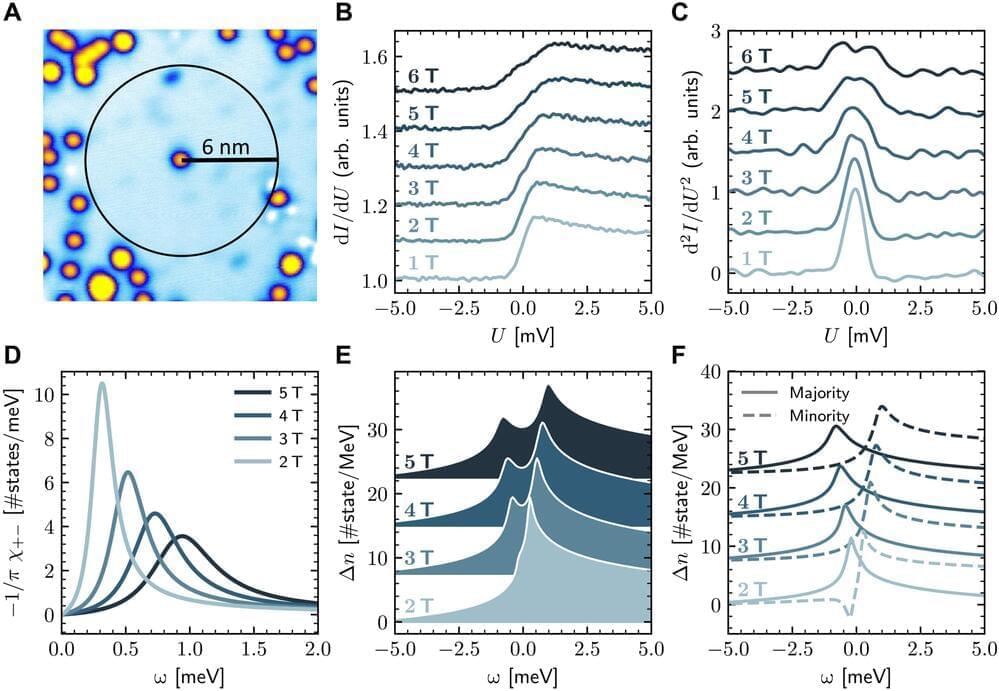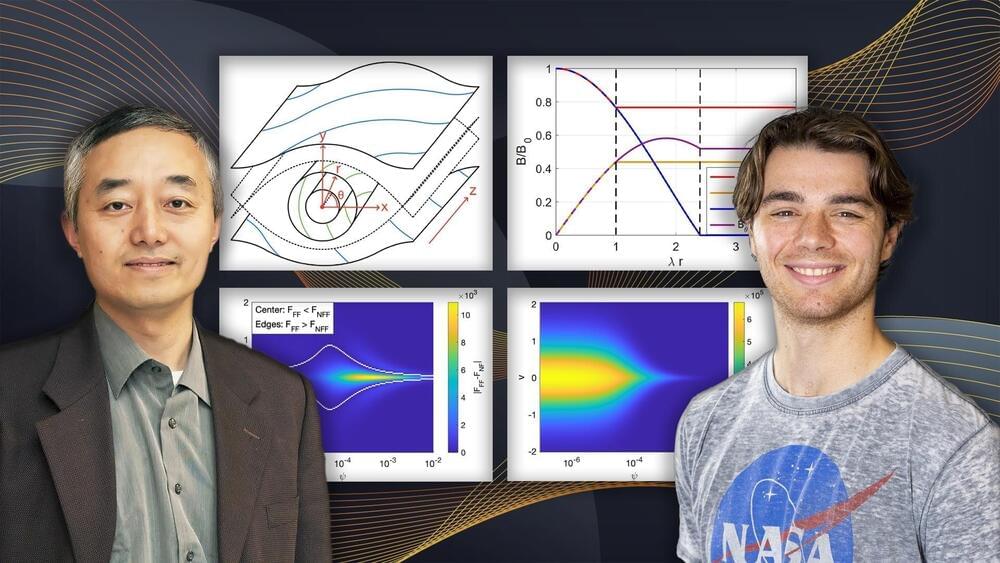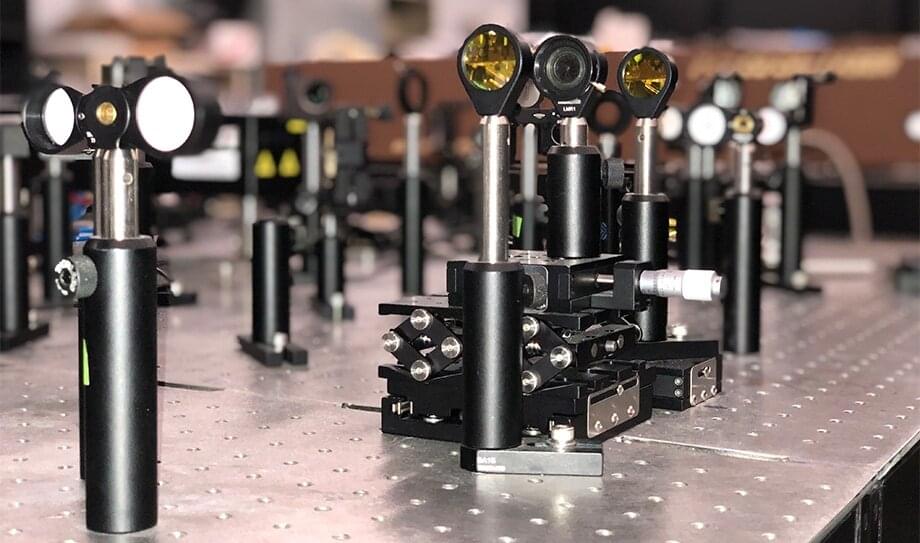Feb 4, 2022
Atomically crafted quantum magnets and their anomalous excitations
Posted by Saúl Morales Rodriguéz in categories: energy, nanotechnology, quantum physics
Quantum magnets can be studied using high-resolution spectroscopic studies to access magnetodynamic quantities including energy barriers, magnetic interactions, and lifetime of excited states. In a new report now published in Science Advances, Sascha Brinker and a team of scientists in advanced simulation and microstructure physics in Germany studied a previously unexplored flavor of low-energy spin excitation for quantum spins coupled to an electron bath. The team combined time-dependent and many-body perturbation theories and magnetic field-dependent tunneling spectra to identify magnetic states of the nanostructures and rationalized the results relative to ferromagnetic and antiferromagnetic interactions. The atomically crafted nanomagnets are appealing to explore electrically pumped spin systems.
Anomalous magnetodynamics
Magnetodynamics at the atomic scale form the cornerstone of spin-based nanoscale devices with applications in future information technologies. Interactions of local spin states also play a crucial role with the local environment to determine their properties. Researchers have described the impact of orbital hybridization effects, charge transfer, and the presence of nearby impurities as strong influencers on the magnetic ground state, to determine a range of magnetodynamic qualities, including magnetic anisotropy, spin lifetime and spin-relaxation mechanisms. Experimental methods can be developed to directly capture these properties and analyze the magnetic phenomena of classical and semiclassical descriptions at sub-nanometer scales to reveal the emergence of exquisite quantum mechanical effects.

















